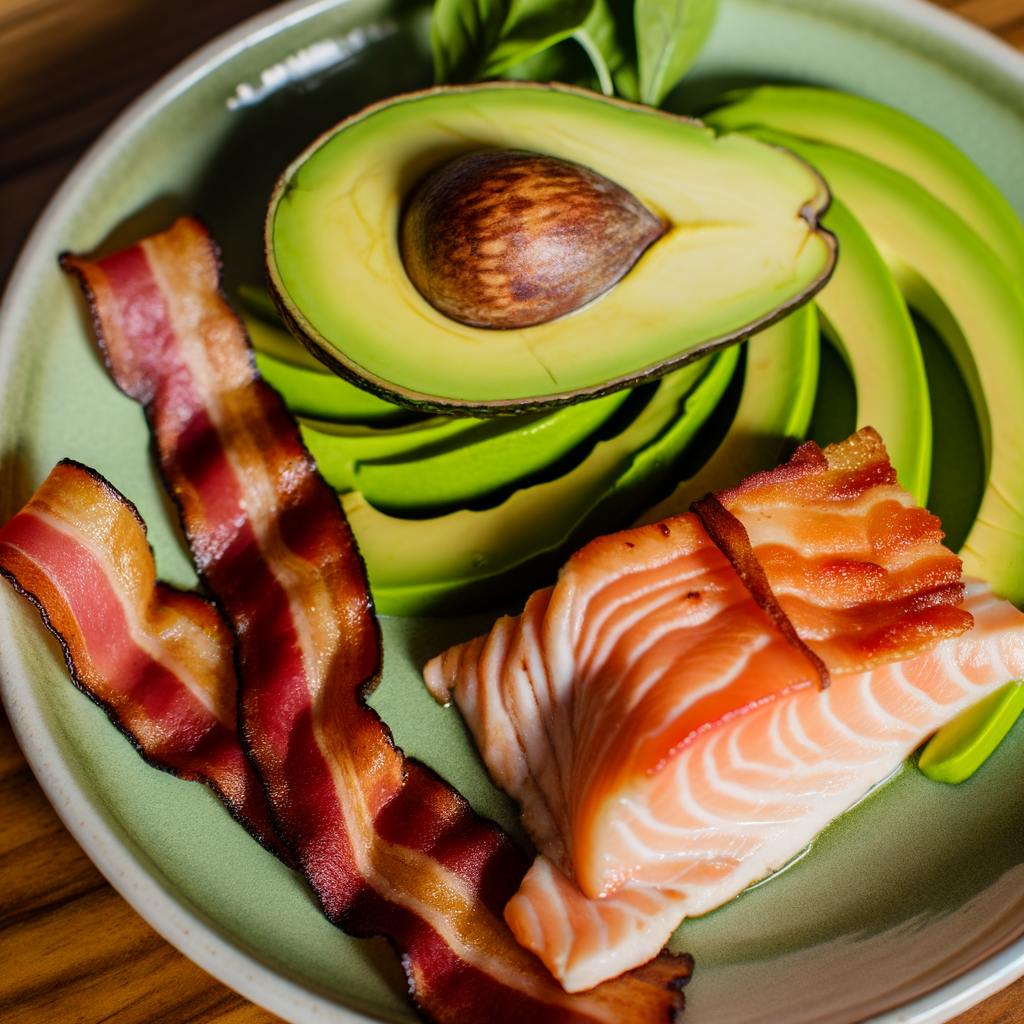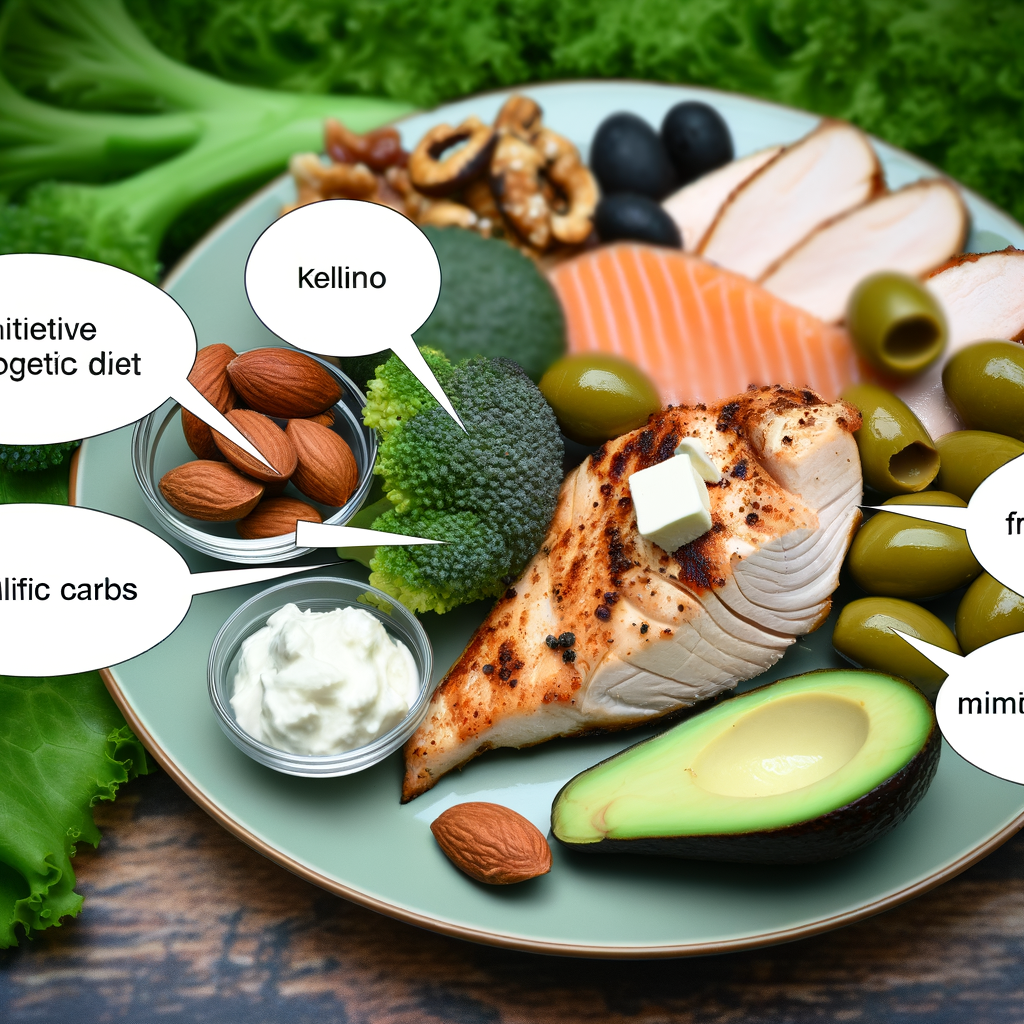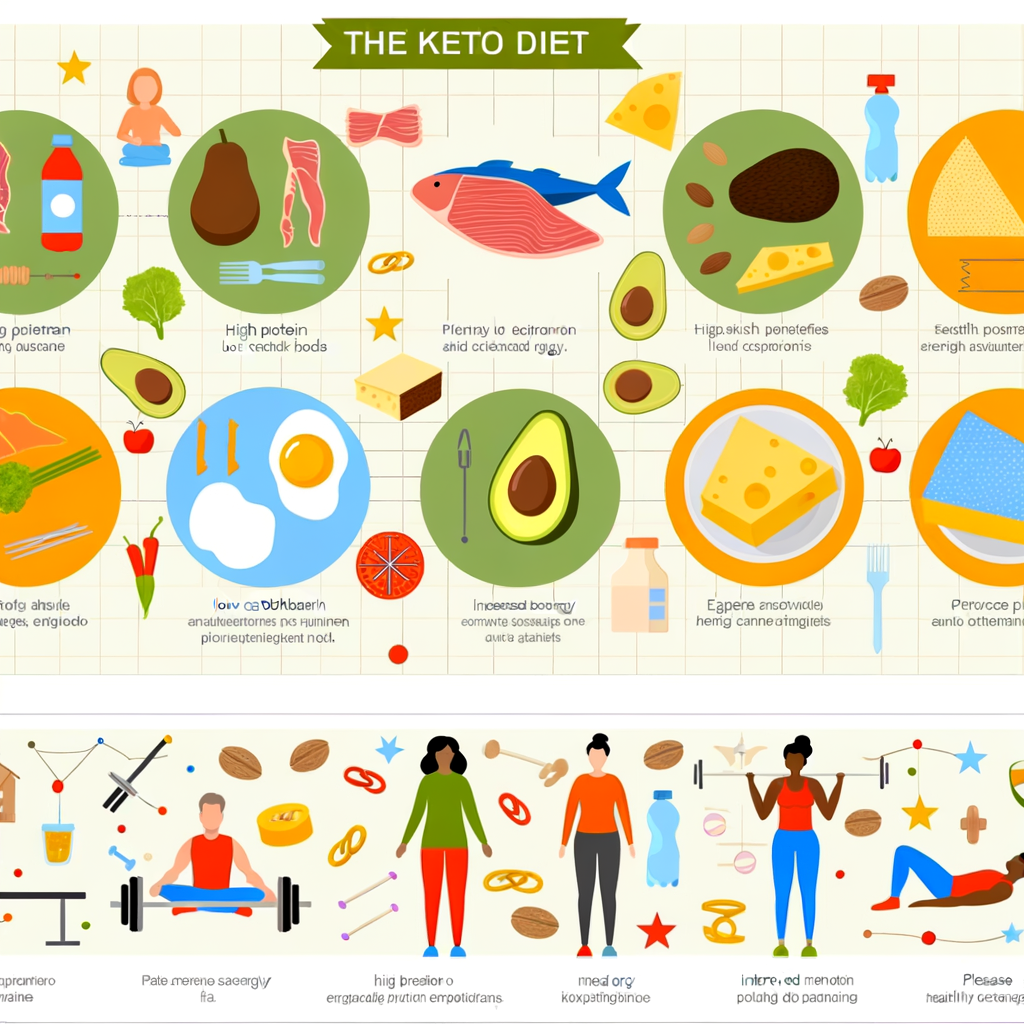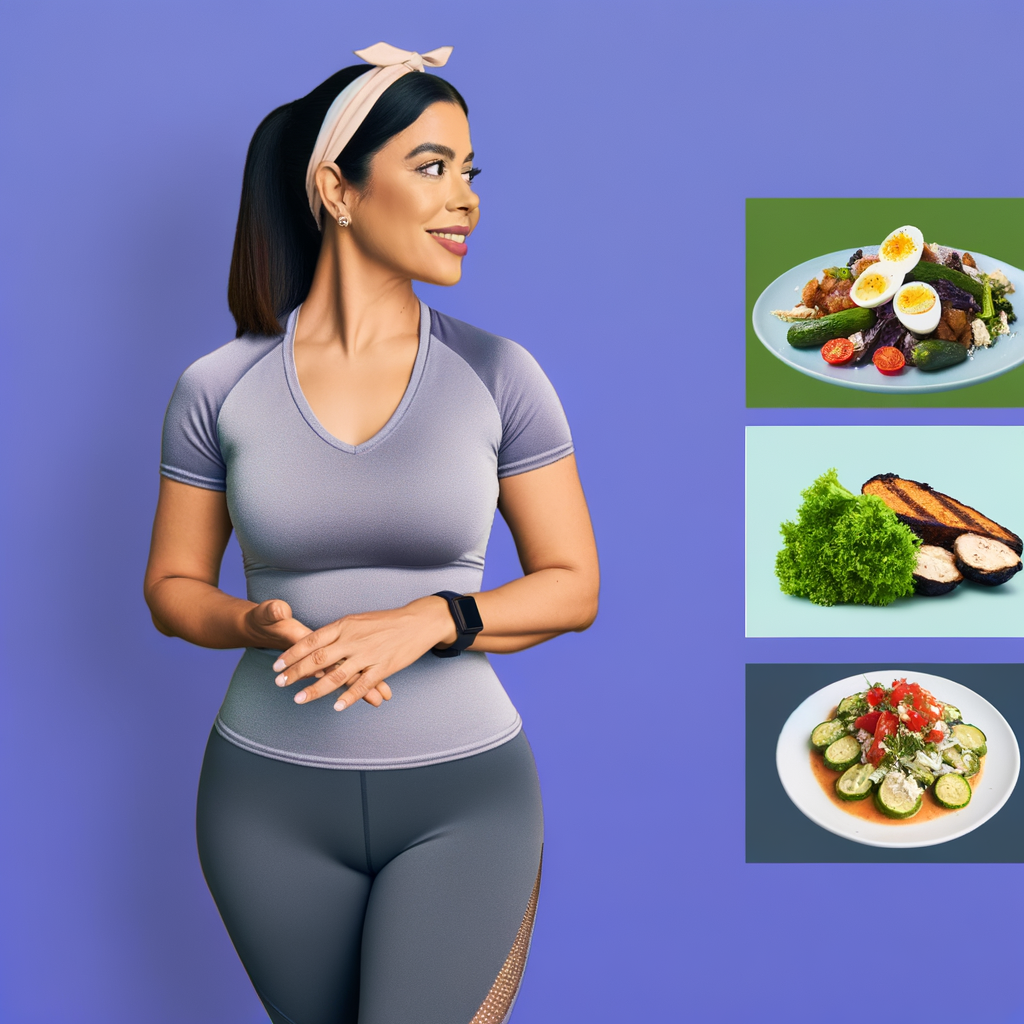As a chef, it’s important to understand the dietary preferences of your customers. In Europe, one popular diet that has gained traction in recent years is the Keto diet. This diet focuses on consuming high-fat, moderate-protein, and low-carb foods. The main goal of this diet is to put your body into a state of ketosis, where it burns fat for energy instead of carbohydrates. This leads to weight loss and improved overall health.
One of the main benefits of the Keto diet is its ability to control blood sugar levels. By limiting carb intake, the body produces less insulin, which helps regulate blood sugar. This can be especially beneficial for those with diabetes or insulin resistance. Additionally, the high-fat content of the diet can lead to improved heart health, as it helps to increase HDL (good) cholesterol levels and decrease LDL (bad) cholesterol levels.
When creating dishes for customers following the Keto diet, it’s important to focus on high-fat ingredients such as avocado, coconut oil, and fatty meats. Protein sources should also be incorporated, but in moderation. Vegetables that are low in carbs, such as leafy greens and cruciferous vegetables, are also a great addition to Keto meals.
It’s important to note that the Keto diet may not be suitable for everyone. It’s always best to consult a healthcare professional before starting any new diet. As a chef, it’s our responsibility to cater to the dietary preferences of our customers and provide delicious and nutritious meals for all.





